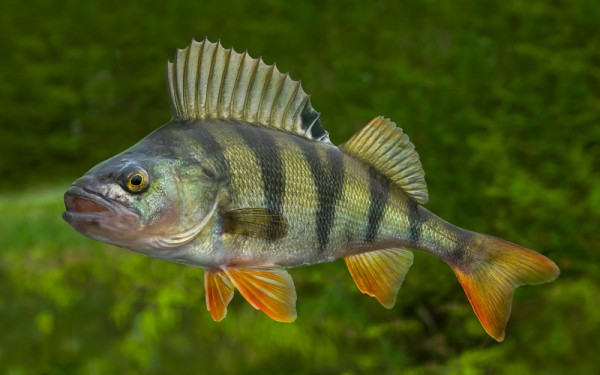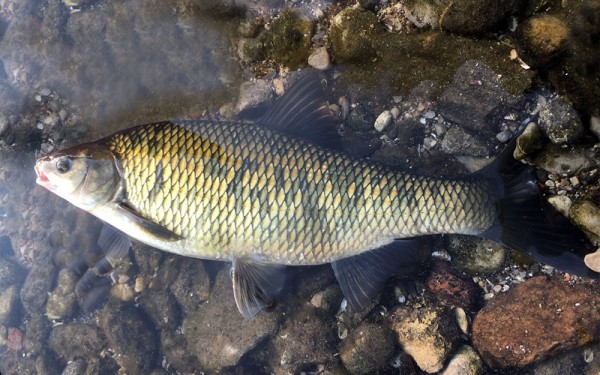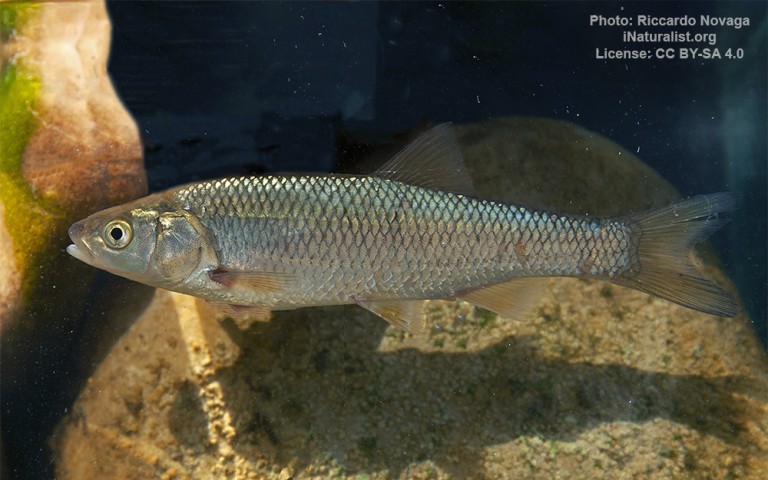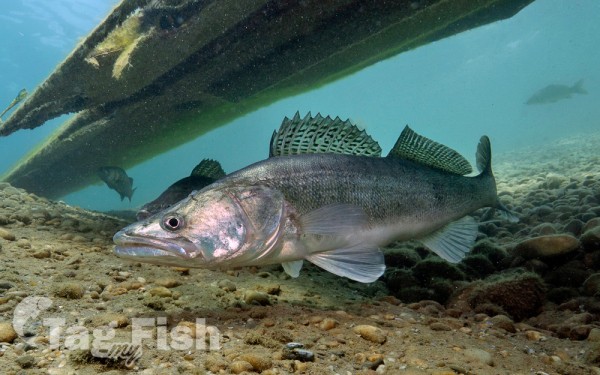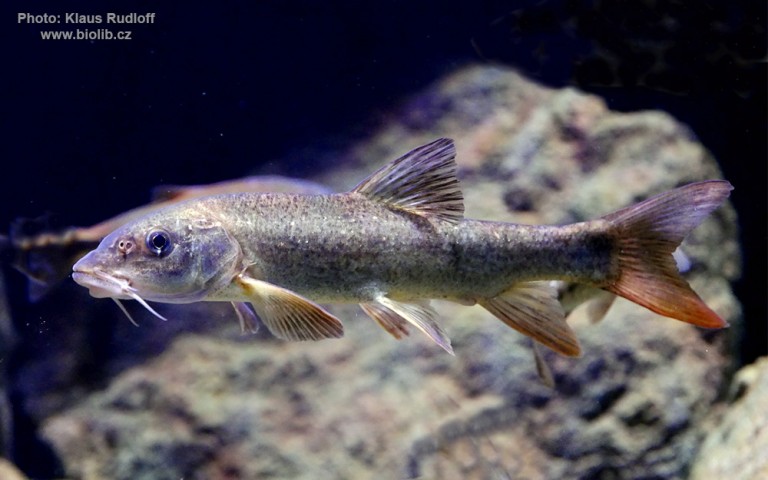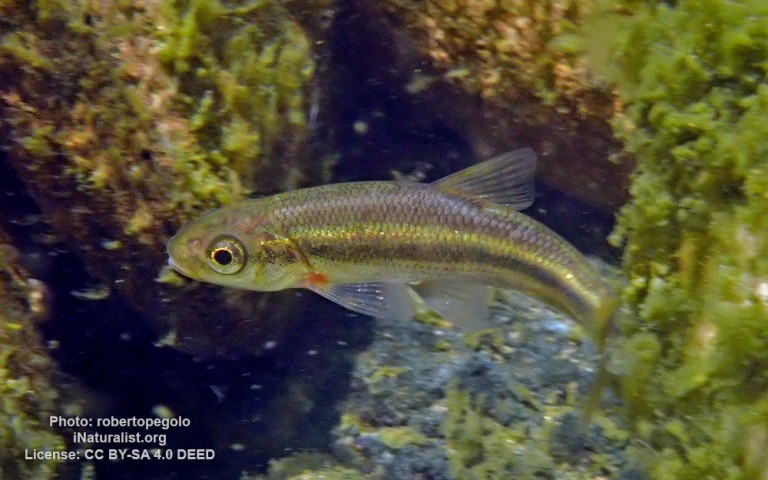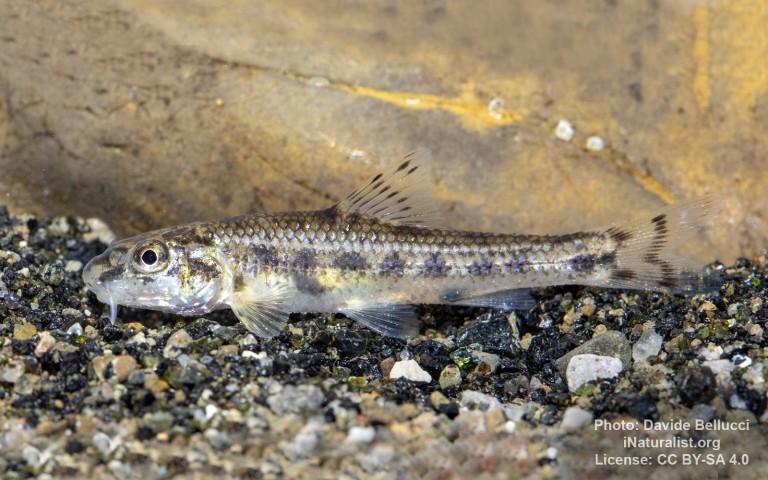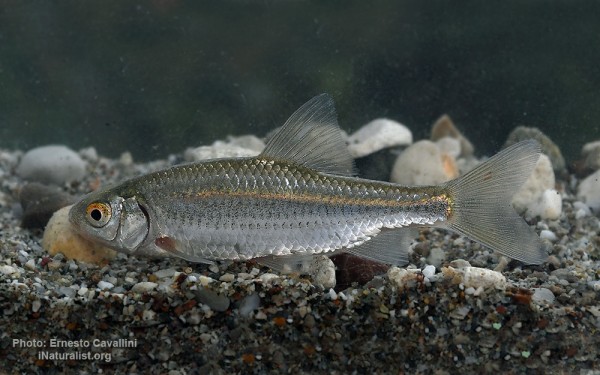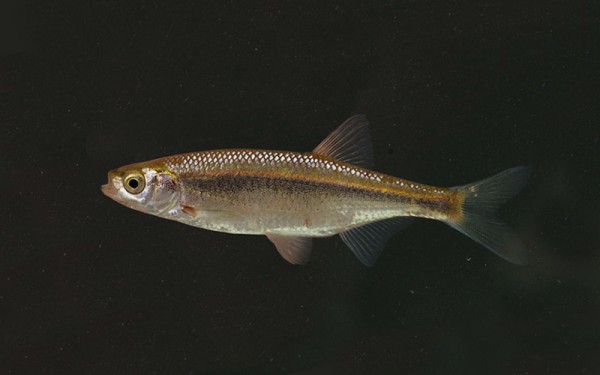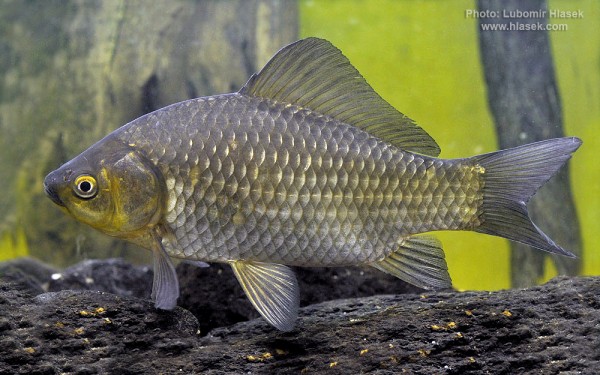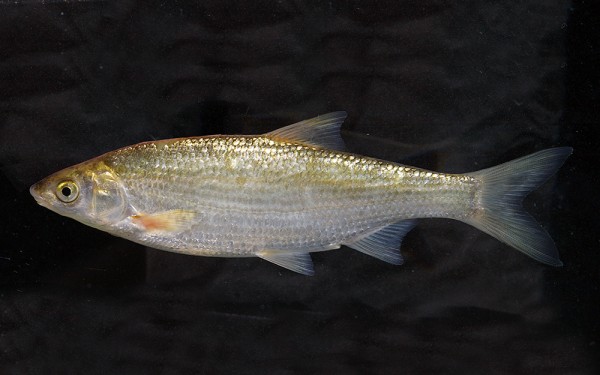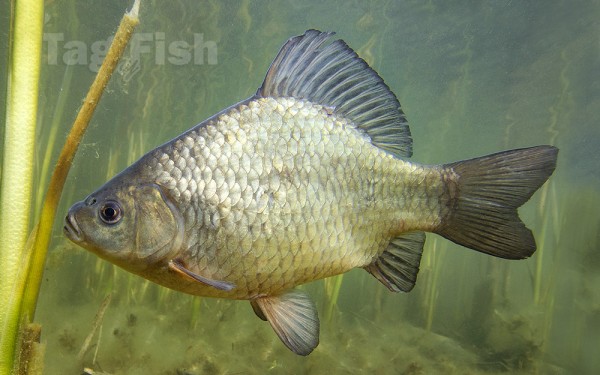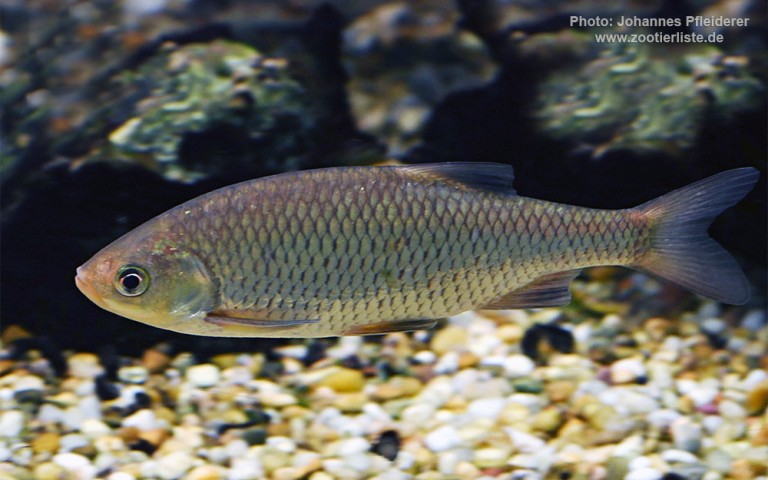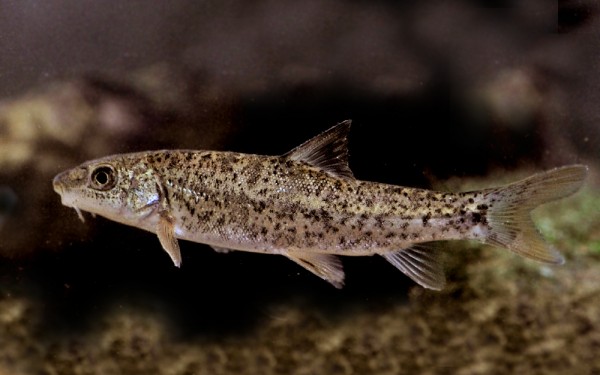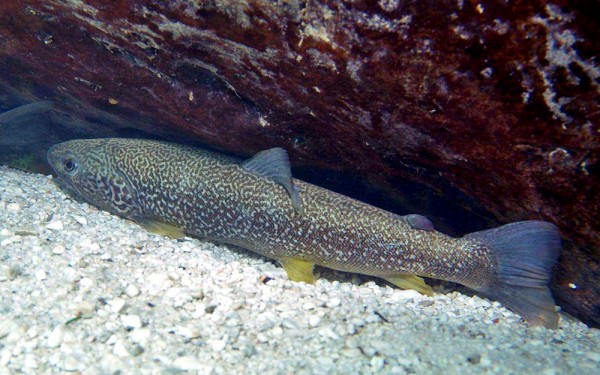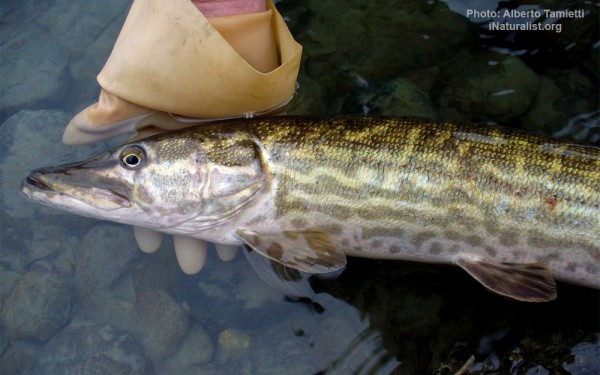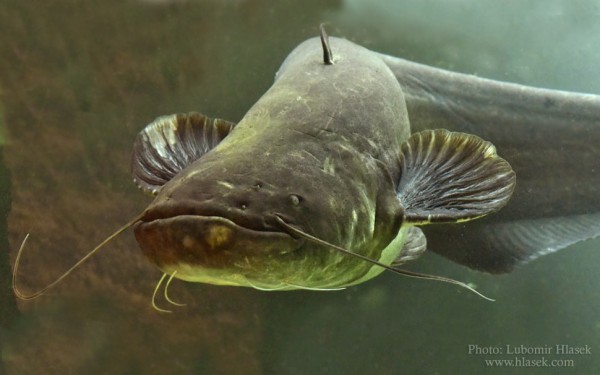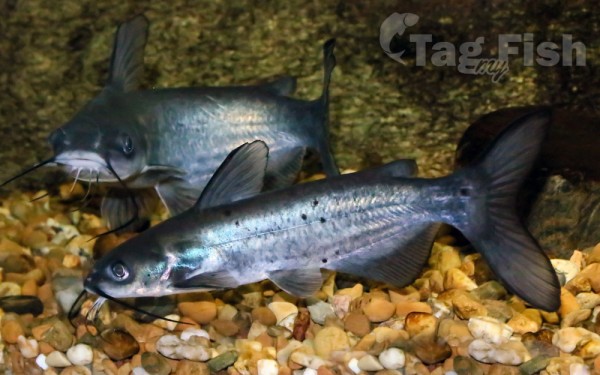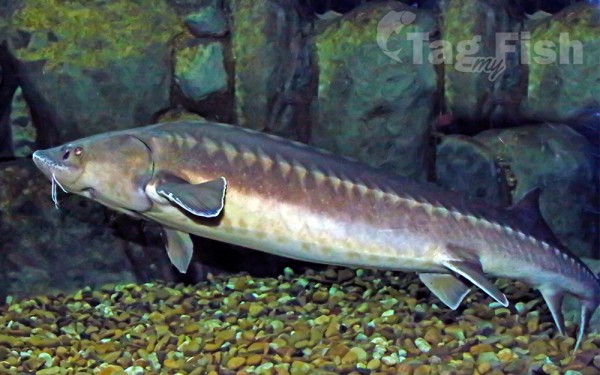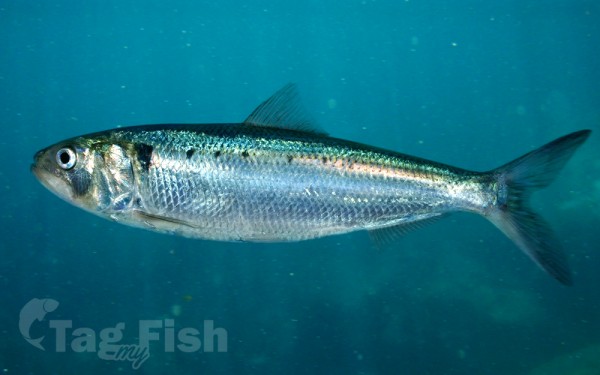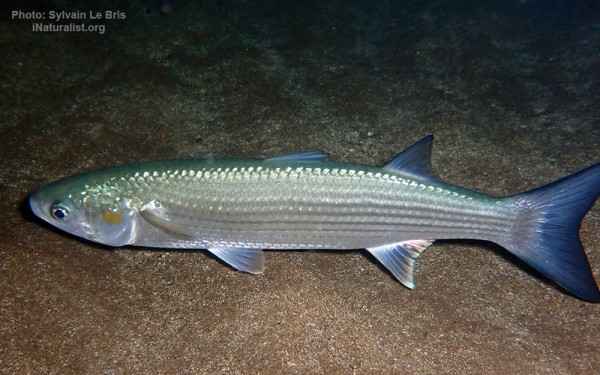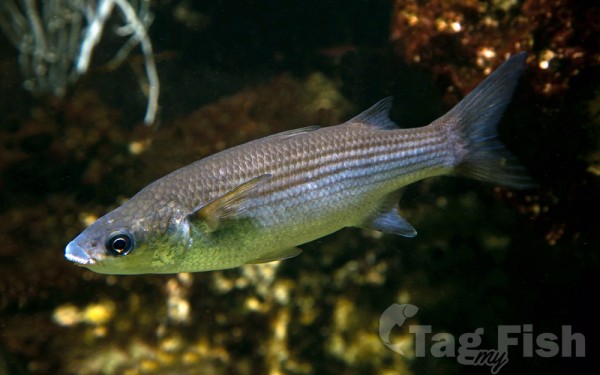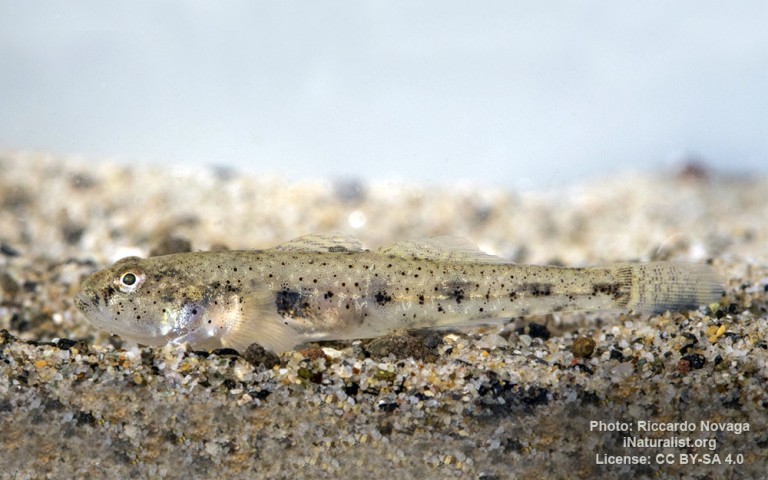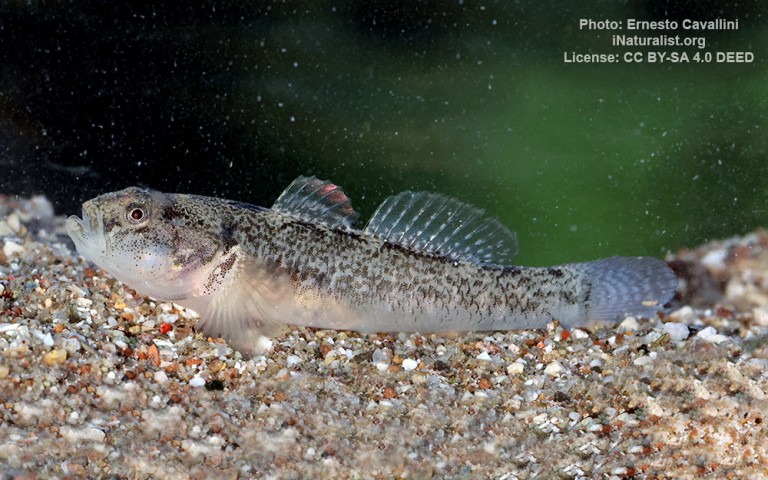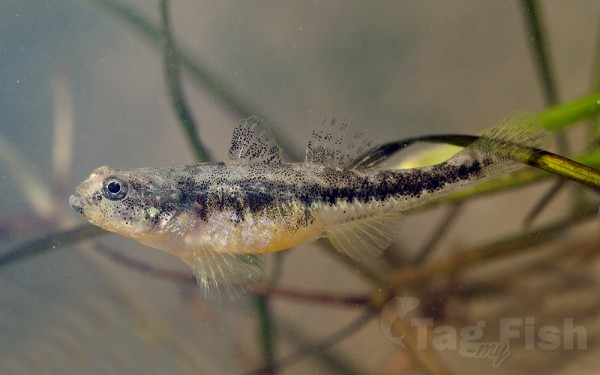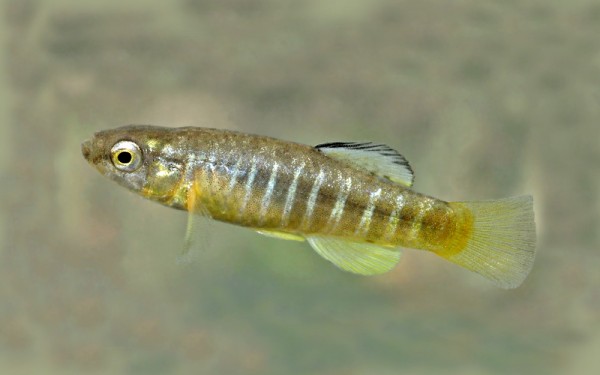Lake Orta
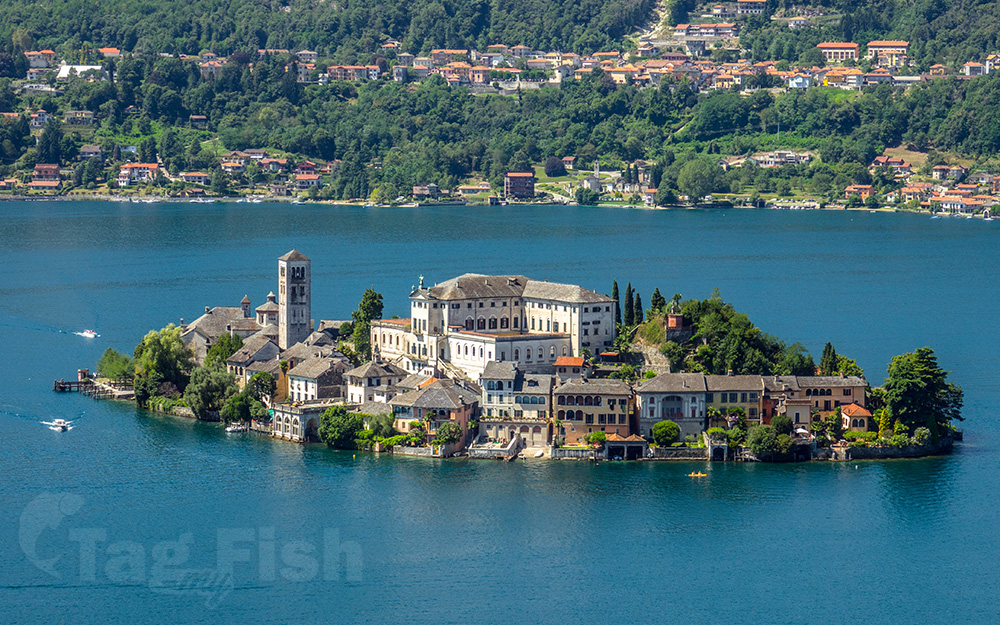
Perciformes - Perches
Cypriniformes - Carps
Perciformes - Perches
Cypriniformes - Carps
Salmoniformes - Salmons and Trouts
Esociformes - Pikes
Siluriformes - Catfishes
Acipenseriformes - Sturgeons and Paddlefish
Gadiformes - Cods
Clupeiformes - Herrings
Mugiliformes - Mullets
Gobiiformes - Gobies
Cyprinodontiformes - Toothcarps
Perciformes - Perches
Cypriniformes - Carps
Salmoniformes - Salmons and Trouts
Esociformes - Pikes
Siluriformes - Catfishes
Acipenseriformes - Sturgeons and Paddlefish
Gadiformes - Cods
Clupeiformes - Herrings
Mugiliformes - Mullets
Gobiiformes - Gobies
Cyprinodontiformes - Toothcarps
Lake Orta is a natural lake in northern Italy, west of Lake Maggiore.
It has been so named since the 16th century, but was previously called Lago di San Giulio, after Saint Julius (4th century), the patron saint of the region. Its southern end is about 35 kilometers (22 miles) by rail to the northwest of the city of Novara (located on the main Turin-Milan line), while its northern end is about 6 kilometers (4 miles) by rail south of the Gravellona-Toce railway station, itself located halfway between Ornavasso and Omegna.
Its scenery is characteristically Italian, while San Giulio island has some picturesque buildings, and takes its name from the local saint, who lived in the 4th century. The island was fortified between the 5th and 6th centuries.
Located around the lake are Orta San Giulio, built on a peninsula projecting from the east shore of the lake, Omegna at its northern extremity, Pettenasco to the east, and Pella to the west.
It is supposed that the lake is the remnant of a much larger sheet of water by which originally the waters of the Toce flowed south towards Novara. As the glaciers retreated the waters flowing from them diminished, and were gradually diverted into Lake Maggiore.
The inaugural European Rowing Championships were held on Lake Orta in 1893.
Frequent ferry service connects towns and villages around the lake.
